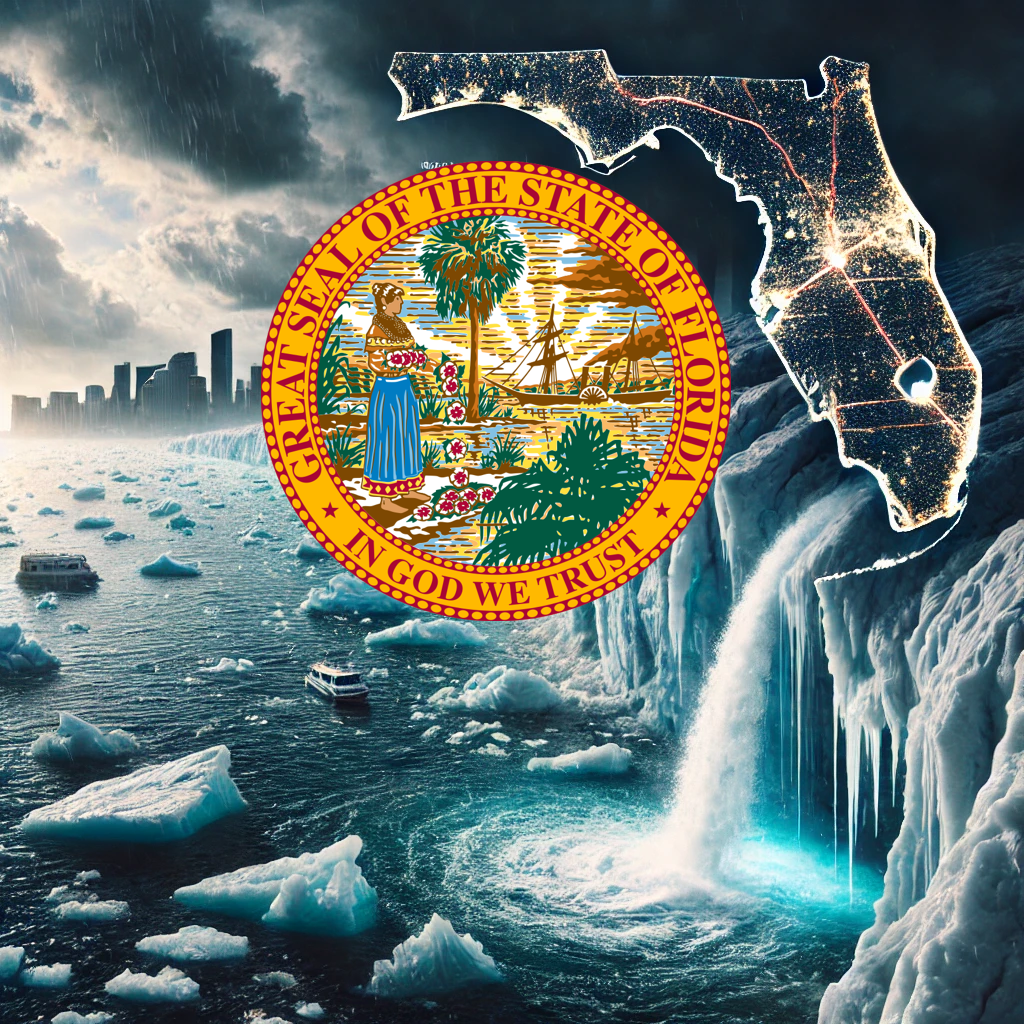Scientists studying Antarctica’s Thwaites Glacier have shared alarming new discoveries about how fast it’s melting—and the potential consequences for places like Florida. Since 2018, the International Thwaites Glacier Collaboration (ITGC), a group of researchers from the UK, US, and other countries, has been investigating this massive glacier. Their findings suggest that if Thwaites collapses, it could dramatically raise sea levels, putting Florida at severe risk.
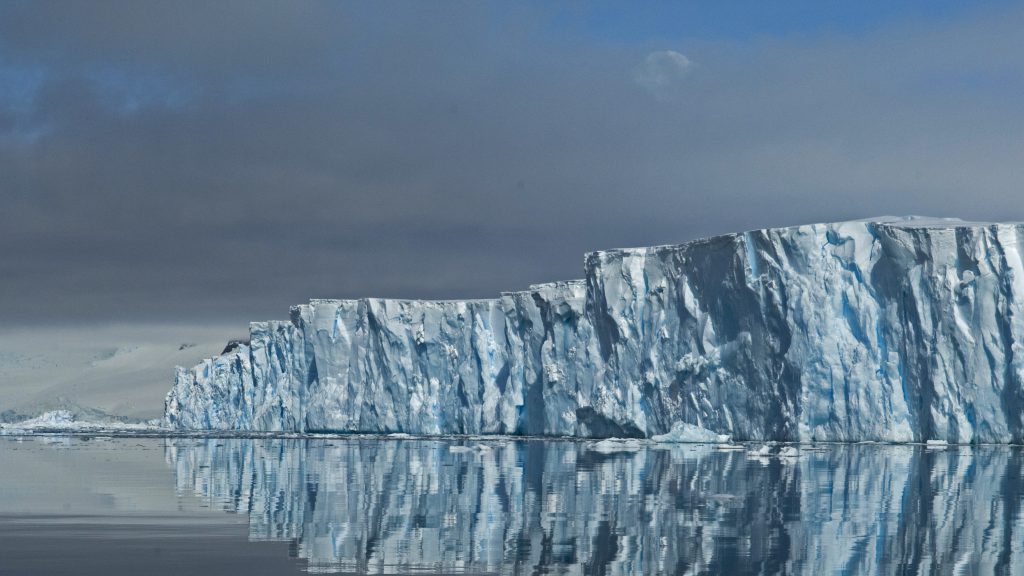
Thwaites Glacier, often called the “Doomsday Glacier,” is roughly the size of Florida itself. It is part of the West Antarctic Ice Sheet and plays a crucial role in global sea levels. If it were to melt entirely, sea levels could rise by around 65 centimeters (over 2 feet), a scenario that could make coastal areas of Florida increasingly uninhabitable.
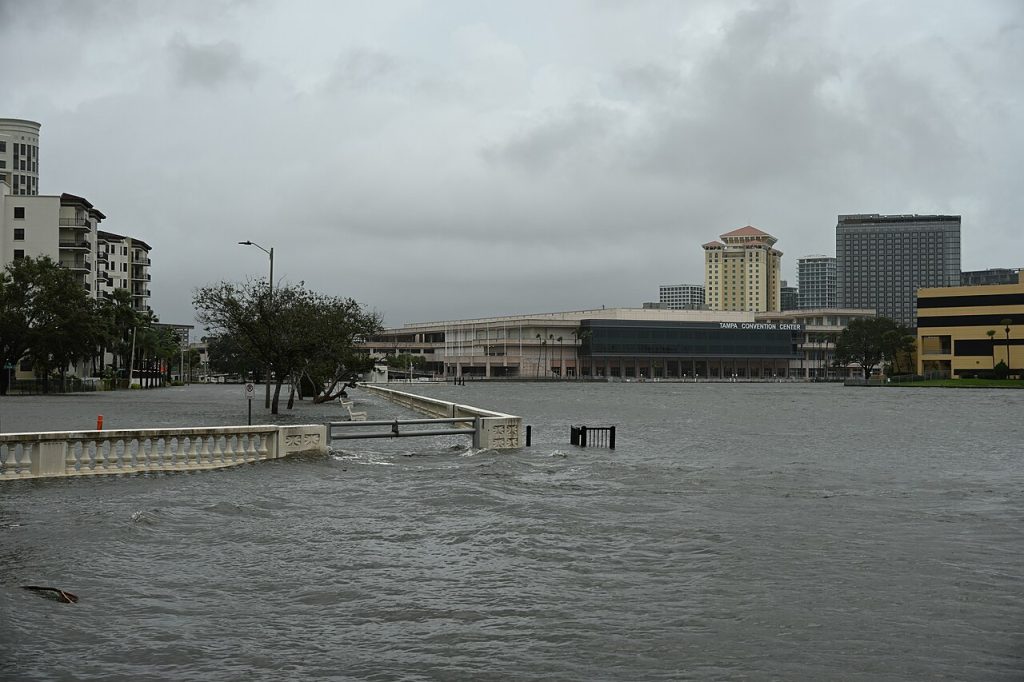
Florida’s geography makes it especially vulnerable to sea level rise. Much of the state lies at or near sea level, and many of its cities, including Miami, Fort Lauderdale, and Tampa, are built along its extensive coastline. Even a relatively small rise in sea levels could flood streets, disrupt freshwater supplies, and damage homes and businesses.
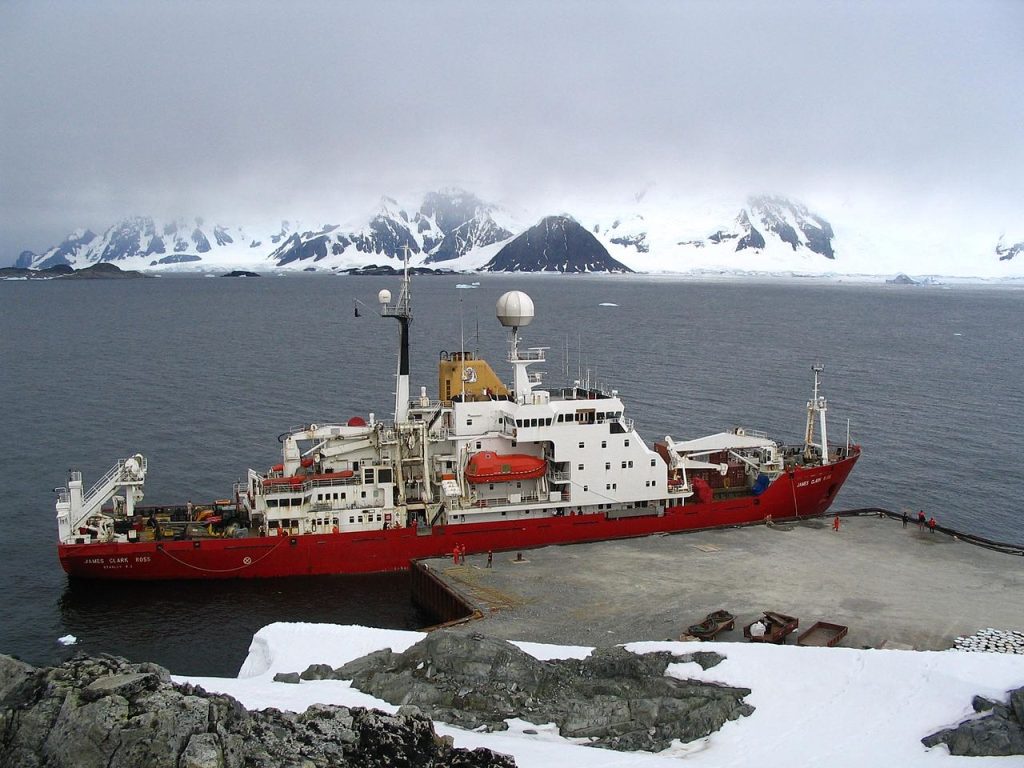
In recent decades, the ice flowing into the ocean from Thwaites Glacier has more than doubled, and this region now accounts for 8% of the annual global sea level rise of 4.6 millimeters. With scientists predicting that Thwaites could retreat even faster in the coming century, the situation for Florida looks increasingly dire.

Dr. Rob Larter, a marine geophysicist leading the ITGC, highlighted the glacier’s accelerated melting: “Thwaites has been retreating for over 80 years, and it’s speeding up. Our findings show it’s set to retreat even faster, which could have huge impacts on coastal regions like Florida.”
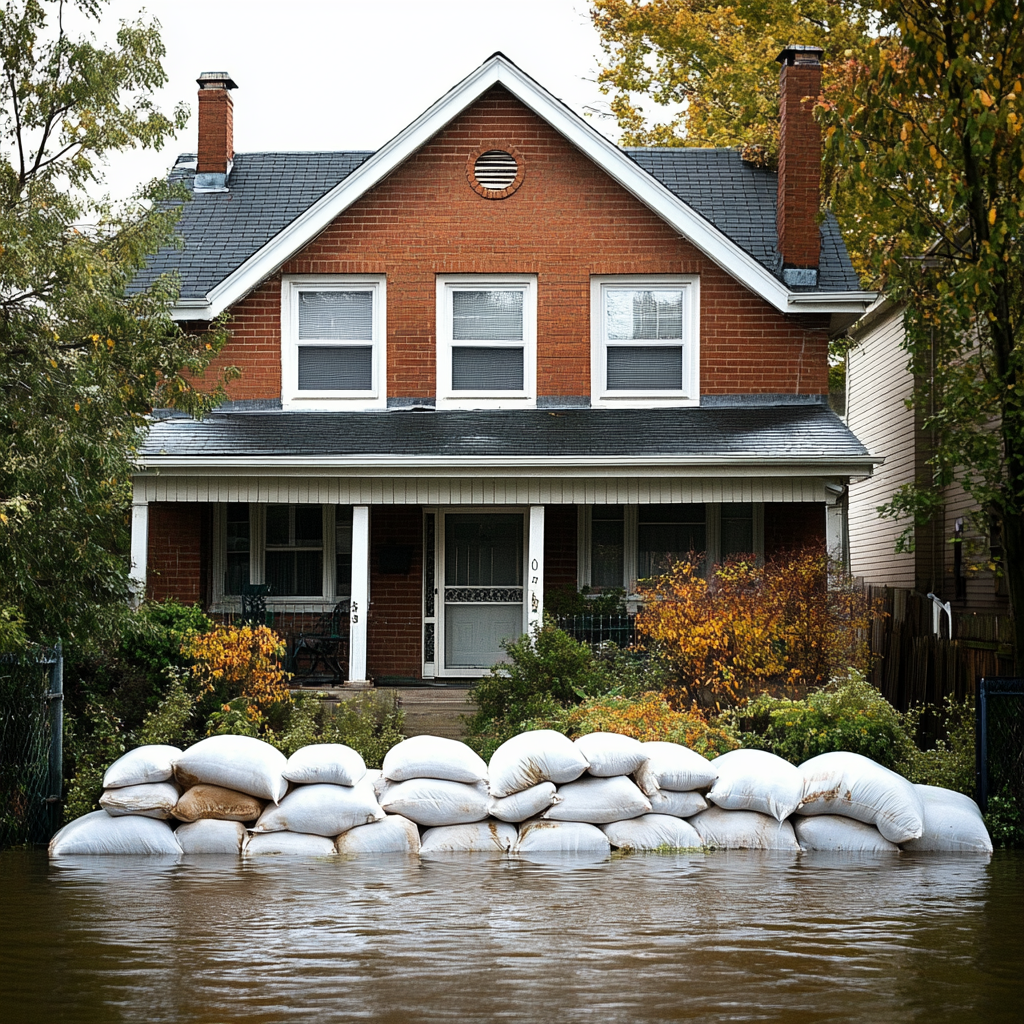
If Thwaites collapses, flooding in Florida could become a regular occurrence. Low-lying areas such as Miami Beach are already facing “sunny day” floods during high tides, and storm surges could become even more devastating. As sea levels rise, the flooding will worsen, potentially displacing millions of residents and causing severe economic damage.
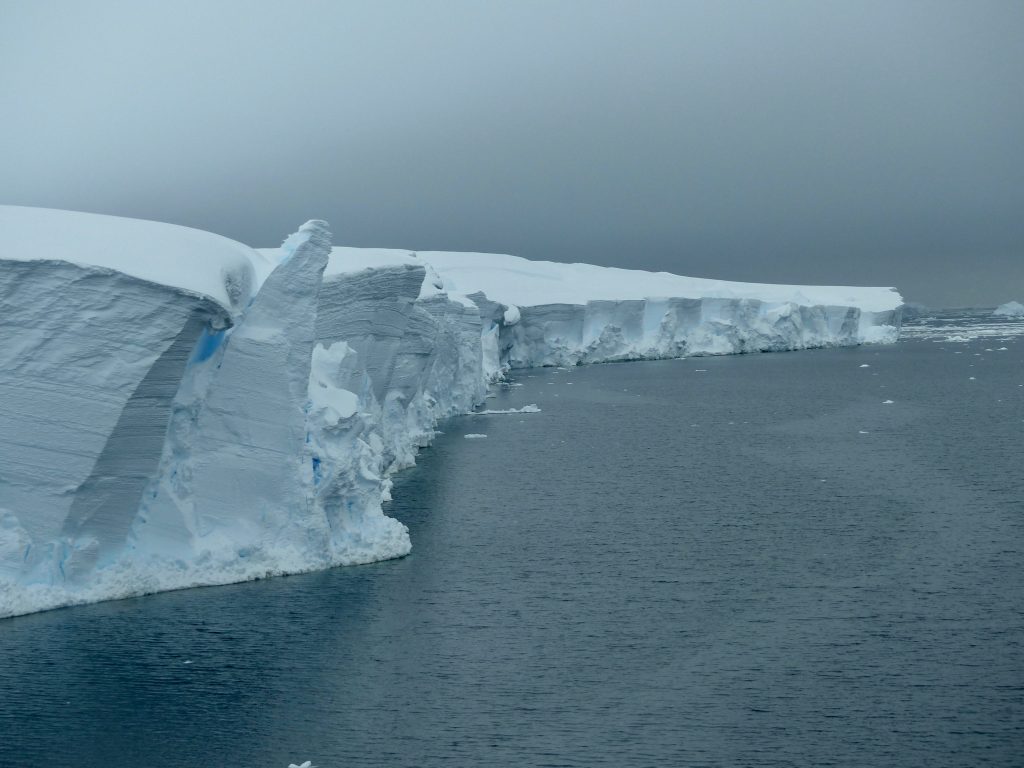
The melting of Thwaites is driven by warm ocean water flowing beneath the glacier, causing the ice to melt faster. What makes Thwaites particularly dangerous is that its ice sits on a bed below sea level, sloping downward into Antarctica. This allows ocean water to reach deeper into the glacier, accelerating its collapse. If the entire West Antarctic Ice Sheet melts, sea levels could rise by as much as 3.3 meters (over 10 feet), which would devastate Florida’s coastline.
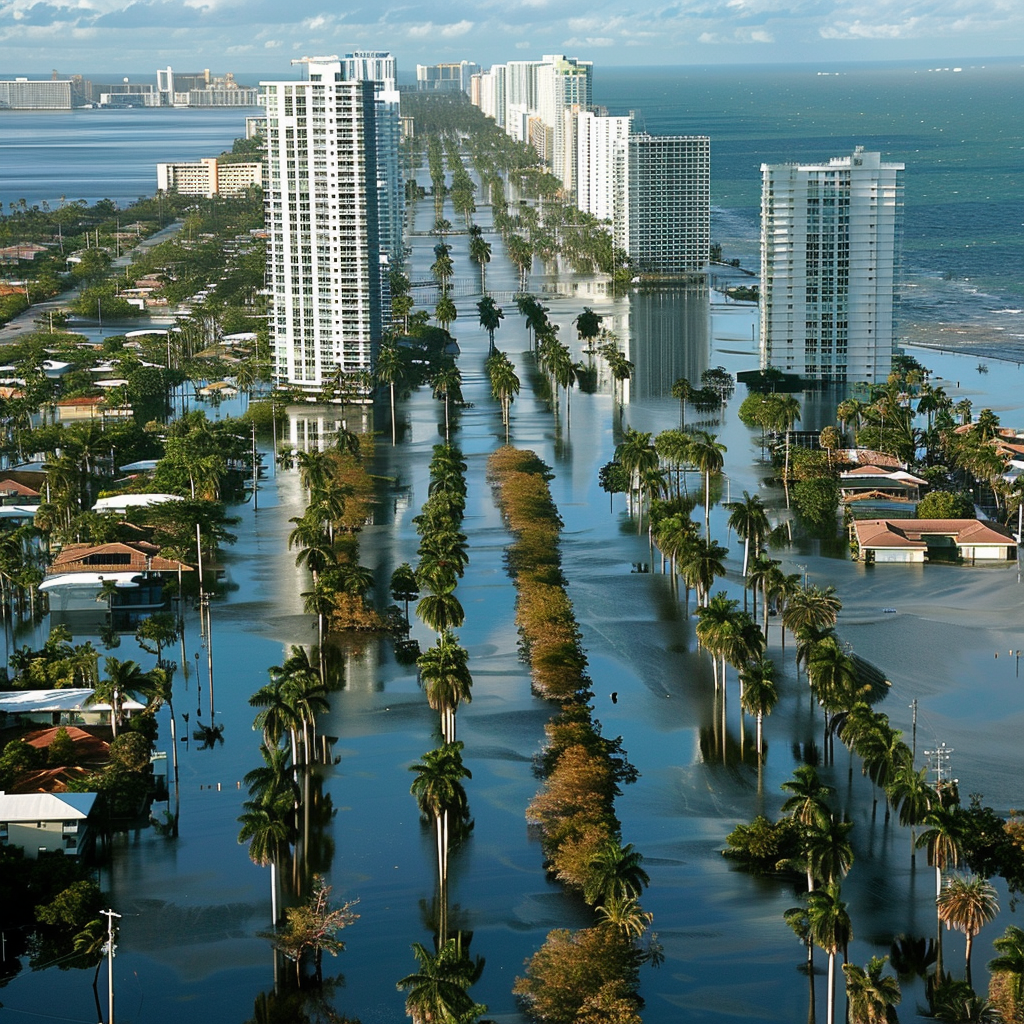
Cities like Miami, Fort Lauderdale, and Key West are particularly at risk. Even a rise of 2 feet would submerge large portions of South Florida, while 10 feet of sea level rise would flood major metropolitan areas, leaving them unlivable. Important infrastructure like highways, airports, and water treatment plants would also be at risk, further straining Florida’s ability to cope with the crisis.

Dr. Ted Scambos, a glaciologist with the ITGC, stressed the need for immediate climate action to slow down the retreat of Thwaites Glacier. “We’re seeing that the glacier is melting faster than we expected. Delaying action could make it impossible to prevent catastrophic sea level rise.”
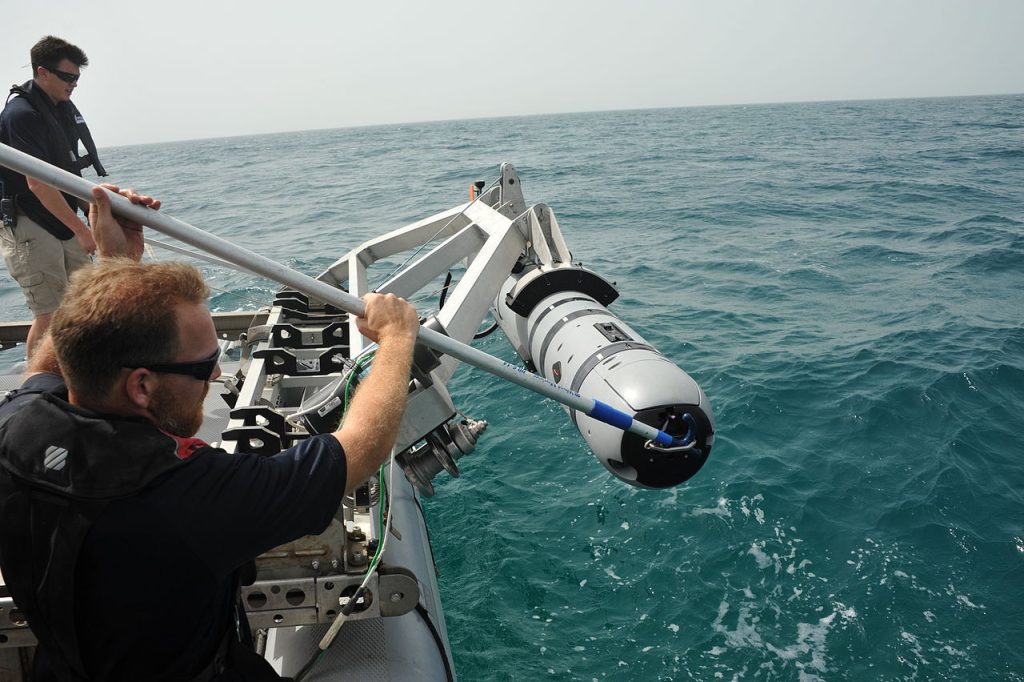
Researchers are using cutting-edge technology, such as underwater robots and advanced computer models, to better understand the glacier’s behavior. While they’ve made progress in predicting the glacier’s future, much remains uncertain. What’s clear, however, is that without significant global efforts to address climate change, Florida could face a future of more frequent and intense flooding.
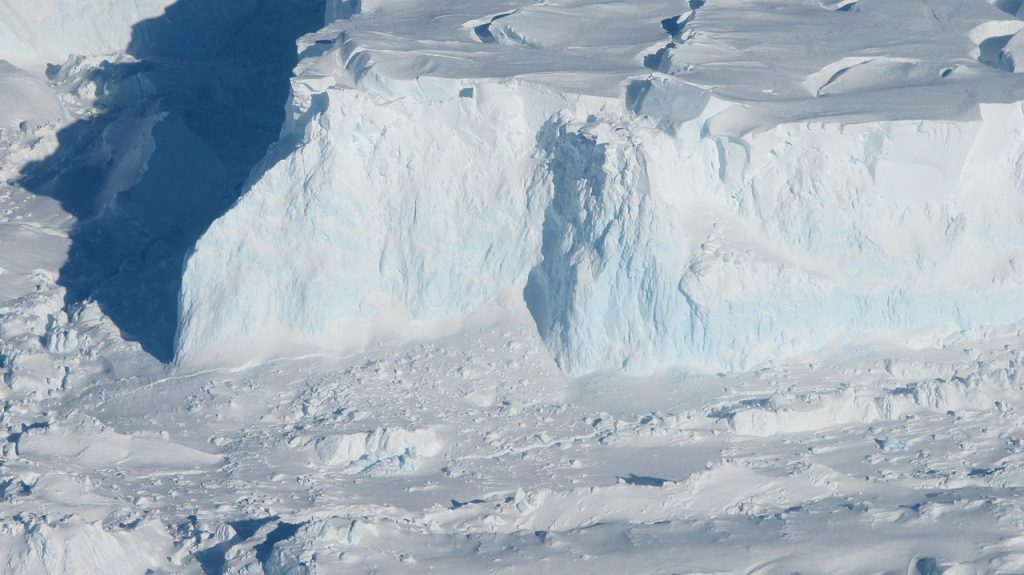
The Thwaites Glacier is a critical piece of the climate change puzzle. The ITGC’s work highlights the urgent need for international collaboration to curb greenhouse gas emissions and slow the melting of the world’s glaciers. Without immediate intervention, the future for Florida’s coastal cities—and the millions of people who live there—looks increasingly uncertain.
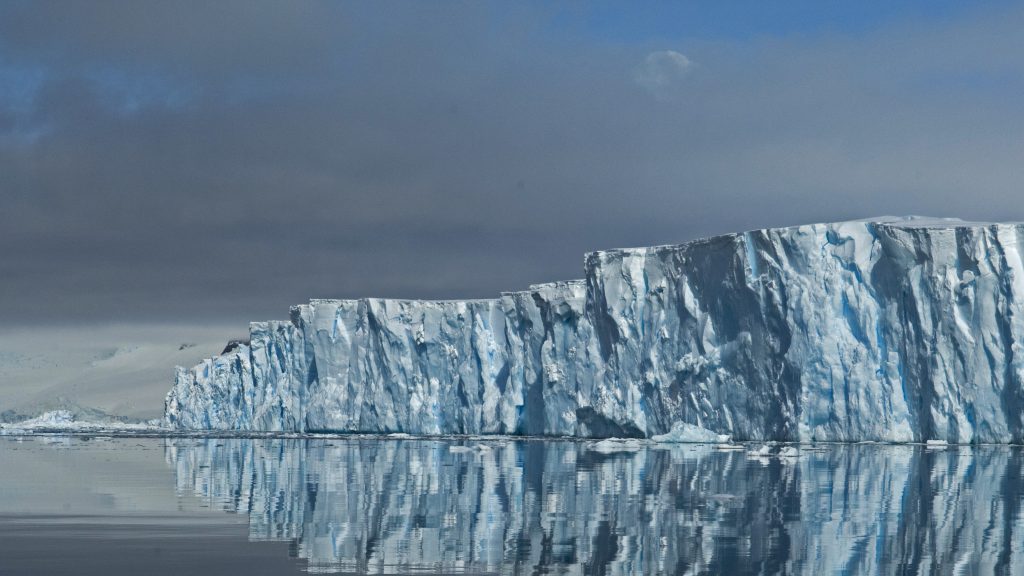
As Thwaites Glacier continues to melt, Florida will be on the front lines of the climate crisis, making it essential for policymakers to start preparing for the potential impacts. From protecting infrastructure to finding solutions for displaced residents, action taken now will determine whether Florida’s coastal regions remain livable in the coming decades.

